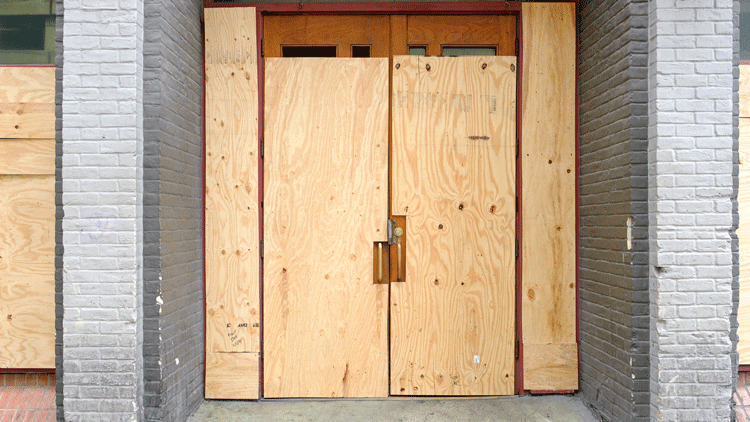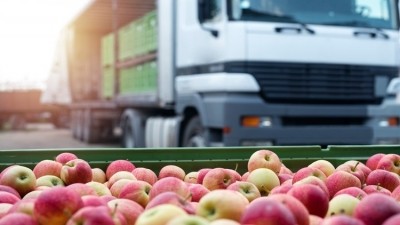Restaurant insolvencies soar as Covid support is withdrawn

More than 1,300 restaurants in Britain became insolvent in the 12 months to 31 March 2022, a 4% rise on the previous 12 months when 926 restaurant businesses went into insolvency, according to accountancy firm Price Bailey.
The number of restaurant sector insolvencies in Q1 2022 (378) is at the highest level since Q4 2019 (386) with an average 3.6 restaurant businesses going bust per day, up from 2.5 per day in 2020/21.
The rise is the number of restaurant businesses closing is attributed to the expiry of support for businesses hit by Covid-19 restrictions.
Price Bailey says that the restaurant sector is facing a ‘perfect storm’ of adverse trading conditions, which are proving particularly challenging for the mid-range casual dining market.
Economic headwinds
A range of factors, including the phasing out of measures put in place to support businesses during the pandemic, and the squeeze on incomes due to rising inflation, are piling pressure on the beleaguered restaurant sector, says the accountancy firm.
“Restaurants are facing bracing economic headwinds. Soaring inflation is leaving consumers with less money to spend on eating out, which is hitting restaurants just as government support is being phased out,” says Matt Howard, head of insolvency and recovery.
“Restaurants are struggling with rising wages and food costs. Many are finding it difficult to pass those costs on to diners who are feeling the squeeze from rising energy and food bills themselves.”
“The upper end of the sector in London is facing less pressure than the mid-range casual dining market. Many high streets are over-saturated with chain restaurants, which are competing for a dwindling number of customers. With margins still being squeezed we will continue to see the less viable businesses and sites in the sector under threat of closure.”
The company predicts the situation is likely to worsen for hospitality businesses as inflation remains high throughout the year and a likely interest rate rise putting further pressure on what it says is a heavily leveraged sector.
“Restaurants are capital-intensive businesses. Many are perpetually walking a balance-sheet tightrope and it often only takes a few months of poor takings to send them over the edge,” adds Howard.
“The cost of acquiring leases and outfitting restaurants can run into the millions per site in prime city centre locations. You need a sustainable customer base to absorb that risk. Many restaurant businesses are highly geared, making them vulnerable to rising interest rates.”
“Restaurants are also facing stiff competition from the food delivery market, with brands such as Just Eat and Deliveroo persuading many would-be diners to eat at home rather than spend more by eating out. Home delivery services are likely to take more market share as disposable income is squeezed.”













